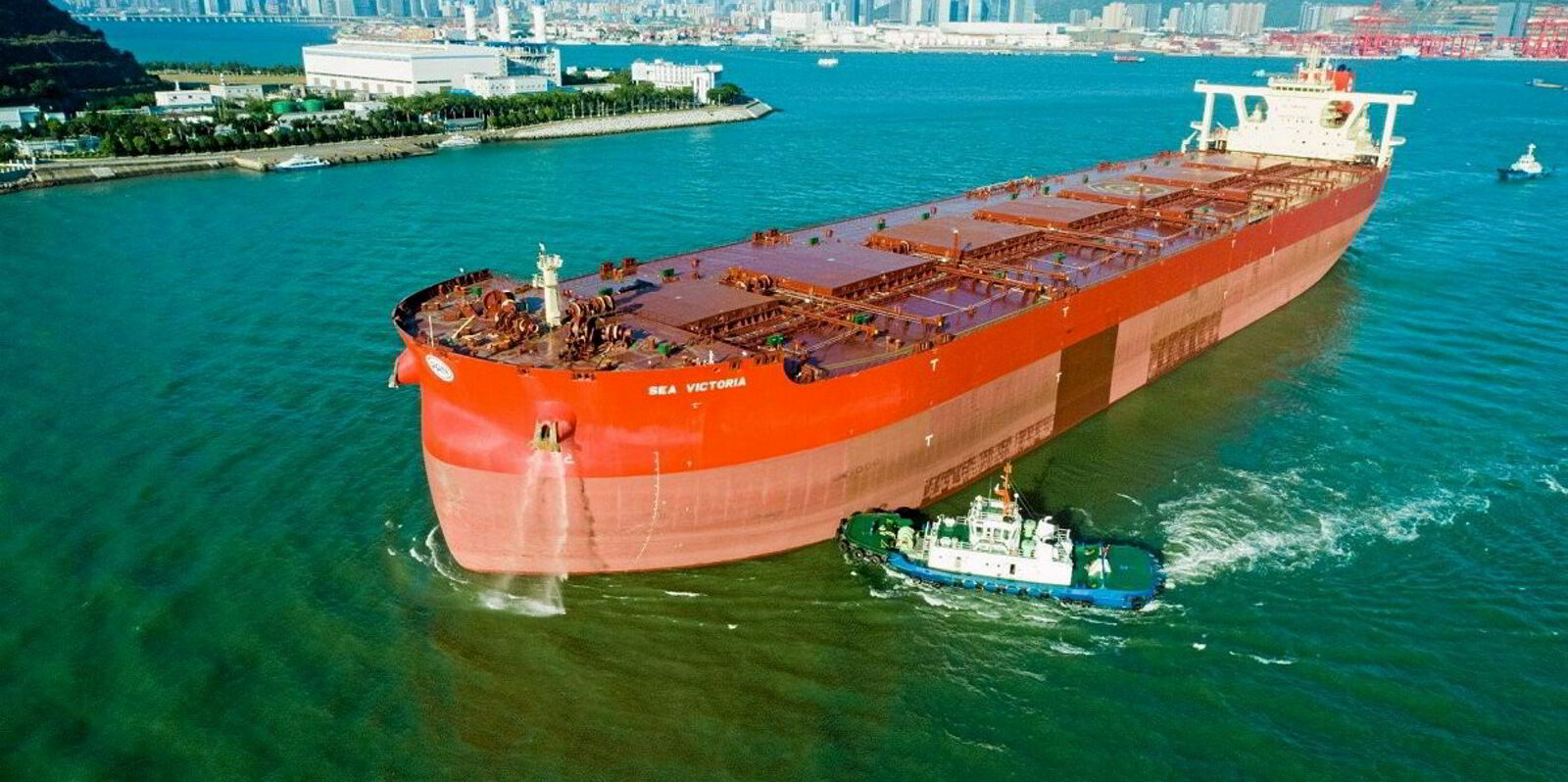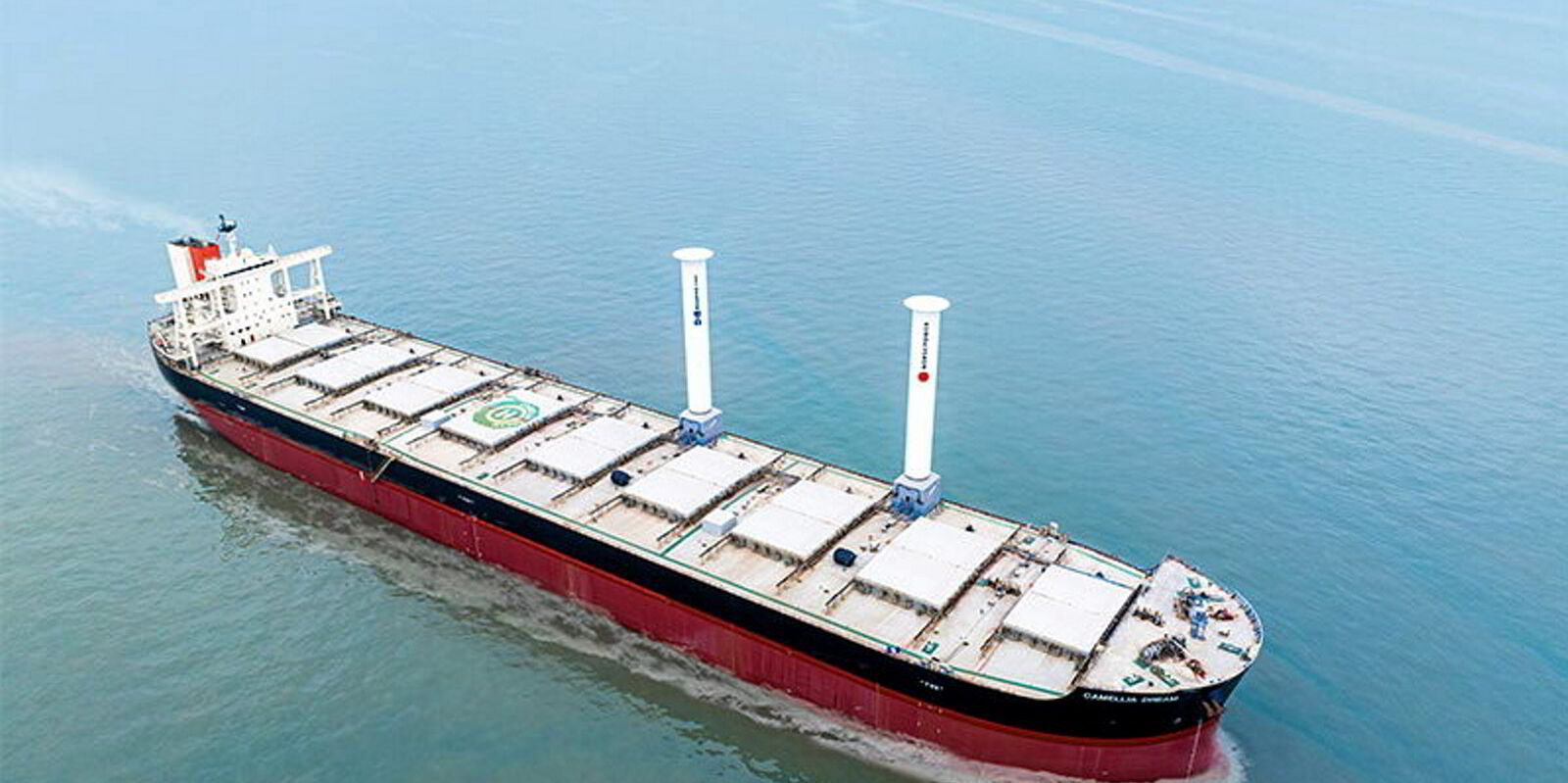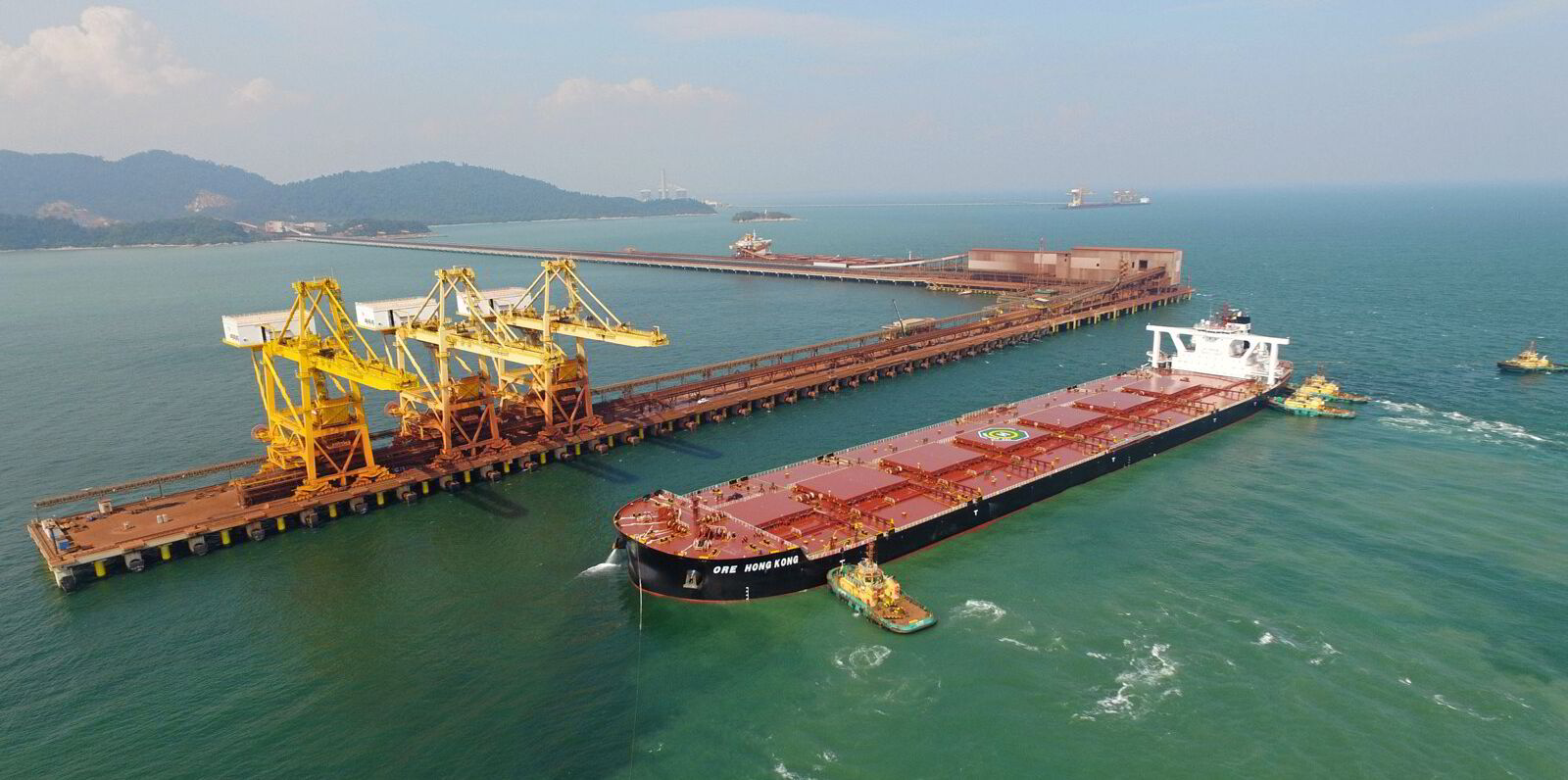Chinese seaborne dry bulk imports increased by 6% in the first eight months of the year, despite economic challenges.
Bimco shipping analyst Filipe Gouveia said: “Between January and August 2024, Chinese seaborne dry bulk imports rose 6% year on year, defying concerns over China’s domestic demand, its real estate crisis and producer price deflation.
“A combination of inventory build-up and commodity-specific developments have contributed to strong import demand,” he added.
So far in 2024, China has increased its inventories of iron ore, coal and grains, which has been a positive demand driver.
“Strong Chinese dry bulk imports are key to a strong dry bulk market as 39% of cargoes head to China. So far this year, Chinese volume growth accounted for 73% of total dry bulk cargo growth. China has been crucial to ensuring a 61% average increase in the Baltic Dry Index,” Gouveia said.
Capesize and panamax vessels benefited the most with their cargo volumes increasing 6% and 11% year on year, respectively, from January to August.
Capesize rates have been robust of late hitting a two-month peak of $28,232 per day this week, although spot rates on the BDI had slipped to $25,620 per day by Friday.
Weaker iron ore in August
However, despite the strong year-to-date growth, August volumes of Chinese seaborne dry bulk imports rose by only 2% year on year, driven by weaker iron ore imports, the largest commodity by volume.
“Domestic steel demand remained muted and iron ore inventories are now at near historical highs,” Bimco added.
Braemar’s weekly dry market report also showed that iron ore was the weak link in August’s Chinese dry imports tally, falling by 5m tonnes from an “exceptionally high” year-ago total to 101.4m tonnes; bringing to an end an “extraordinary” 20-month sequence of uninterrupted annual growth.
“Threats to iron ore import volumes come from soft demand and squeezed steel mill margins, growing port stockpiles, plus potential pushback against Chinese steel exports in some overseas markets,” Braemar explained.
However, it indicated that the iron ore total is still robust by the standards of recent years — with August about 5m tonnes higher than the three-year monthly average — and in line with recent months.
From January to August, Chinese iron ore imports saw a 5% year-on-year jump, Bimco indicated.
According to Clarksons, Chinese seaborne iron ore imports are at 702m tonnes from January to July, compared to 2023’s overall total of 1.16bn tonnes.
Coal and soy jump
Meanwhile, the next largest import by volume, coal, saw its supplies into China increase by 8% from January to August, in a bid to improve energy security and compensate for weaker mining, Bimco explained.
Coal imports also grew in August but import demand may come under pressure.
Bimco said: “China’s thermal coal import demand has been weakening due to stronger electricity generation from renewables and a recovery in coal mining.”
Braemar said that coal imports were not just maintaining existing levels in August, but marking one of the highest on record. It said coal was within 2m tonnes of the monthly all-time high of 47.2m tonnes seen in December 2023.
“When projecting coal import levels, we are mindful of a number of factors, ranging from domestic supply, competition from other fuel types as well as underlying demand,” Braemar said.
Nonetheless, August’s total does not herald a slowdown in coal shipment arrivals and leaves 2024 on course for a record year for China’s coal imports, it added.
Soybean imports into China reached a monthly all-time high of 12.1m tonnes in August which was an annual increase of 2.8m tonnes, Braemar indicated via China customs data.
“Although a clear historical positive for vessel demand, news of the August figure has triggered concerns that an oversupply of beans is building in China, threatening to crush margins and future import demand as a result,” Braemar added.
Chinese steel exports thrive
Meanwhile, China’s steel exports in August also saw notable yearly and monthly rises, not seen since the industrial recession of 2015/16.
Steel product exports climbed to 9.5m tonnes in August, marking a reversal from the decline to 7.3m tonnes in July. August was also within 0.5m tonnes of the recent peak, recorded in March this year, according to Braemar.
Clarksons pegs Chinese seaborne steel products exports at 62m tonnes from January to July, compared with 2023’s total of 92.7m tonnes.
“Steel exports are likely to remain in the public eye, given complaints over alleged “dumping” by steel producers in some of China’s export markets — and consequent efforts to limit inflows of cheap Chinese steel in the future,” Braemar explained.
Some advanced economies have been raising tariffs on Chinese exports, Bimco said, with the impact on dry bulk imports limited so far.
However, pressure may mount should other countries follow suit and Donald Trump becoming US president again could add further pressure.
Gouveia said: “Amid recent developments and high inventories, dry bulk shipments to China may slow over the coming months. Government stimulus and a pick-up in domestic demand would be needed to maintain high import growth.”






